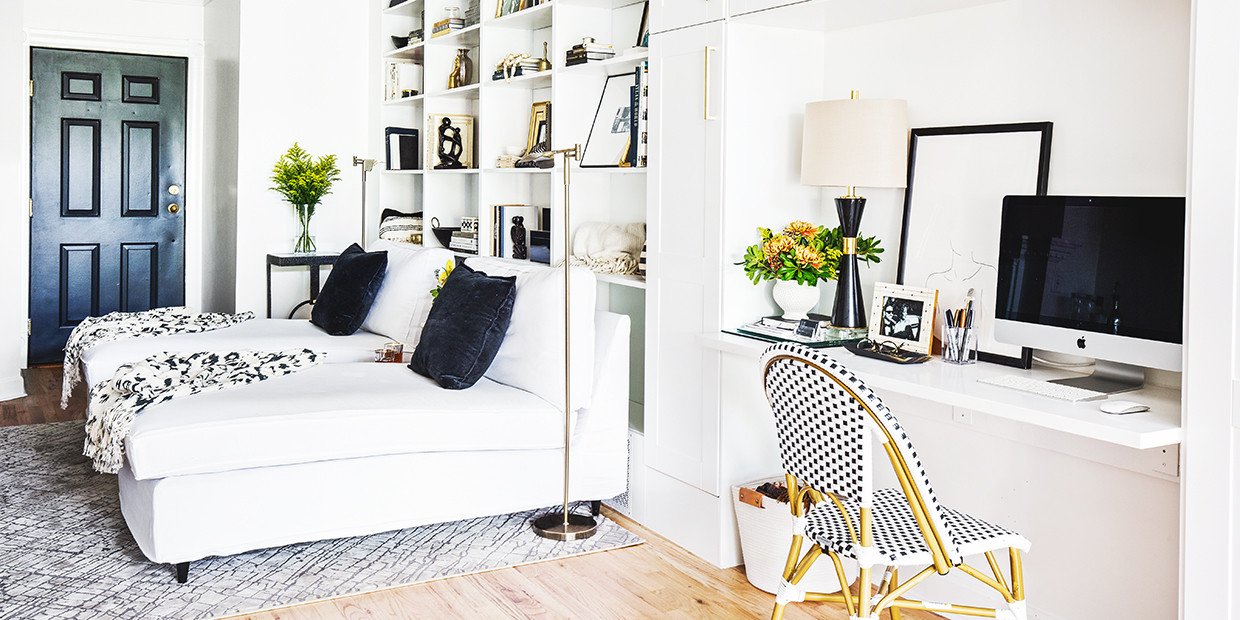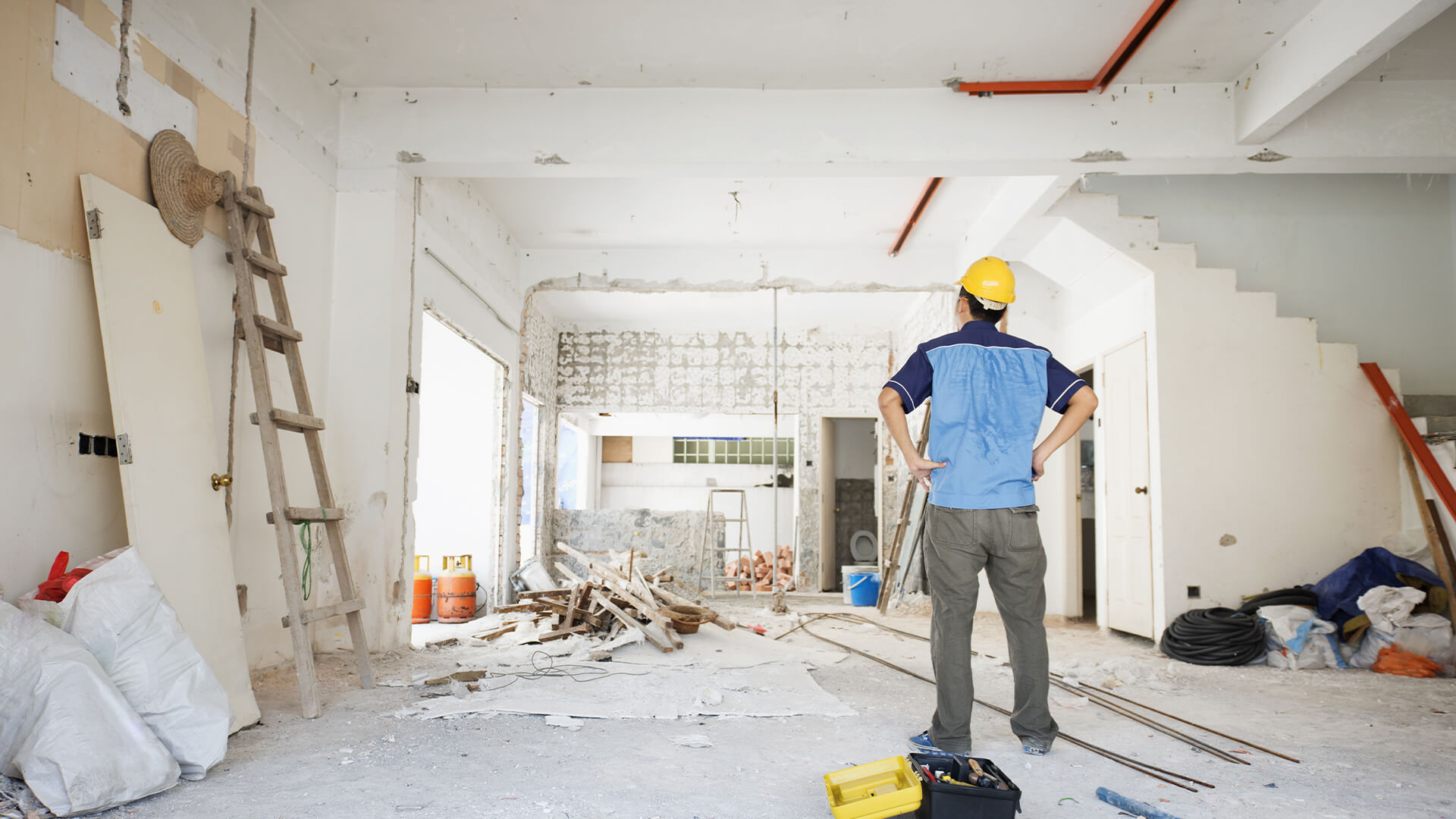Just How Renovations London Ontario Makes Your Home More Functional and Elegant
Just How Renovations London Ontario Makes Your Home More Functional and Elegant
Blog Article
Just How to Plan and Execute Successful Home Improvements for Any Type Of Budget
Browsing the intricacies of home remodellings requires a calculated strategy, specifically when working within a minimal budget plan. Initial steps include a complete evaluation of your home's condition and a clear delineation between essential fixings and desired improvements.
Analyzing Your Remodelling Requirements
Examining your renovation needs is a vital primary step in the home renovation process, as it lays the foundation for an effective project. Begin by reviewing the current state of your home. Identify locations needing repairs or updates, such as pipes, electrical systems, or structural components. Think about the functionality of your areas; assess whether your present layout meets your way of life needs or if changes are required to boost usability.
Engage in a comprehensive evaluation of your visual choices and way of life demands. Determine whether your goal is to boost convenience, improve power efficiency, or raise the residential property's market price. It is additionally vital to consider the needs of all home members, guaranteeing that any type of recommended remodellings suit their demands and preferences.
Furthermore, take into consideration the general style and age of your home, as this will certainly guide your style selections and affect the kinds of materials and surfaces to think about. File your findings and focus on the renovations by necessity and value. This organized evaluation will certainly not just clarify your vision but additionally serve as a recommendation factor throughout the restoration process.
Establishing a Realistic Budget
Establishing a thorough budget plan is important for the success of any home improvement project. A well-defined budget not only offers a monetary structure but additionally aids in making informed choices throughout the restoration procedure.
Next, study and collect quotes for materials, labor, and any extra prices, such as evaluations or permits. This will certainly assist develop an extra exact photo of the expenditures entailed. When producing your spending plan, think about consisting of a contingency fund-- normally 10% to 20% of the overall budget plan-- to accommodate unexpected expenses that typically occur throughout remodellings.
Be conscious of the marketplace prices for products and labor in your area, as these can differ significantly. Maintain in mind that while it is appealing to reduce edges to save cash, spending in top quality materials and skilled labor can generate long-term benefits and enhance your home's value. By establishing a reasonable budget plan, you can browse your remodelling task with self-confidence and quality.
Prioritizing Your Improvement Jobs
Establishing the order of your improvement jobs is vital for taking full advantage of both your spending plan and the influence of your improvements. Begin by assessing the condition of your home and determining locations that require immediate focus, such as structural repair services or security concerns. Prioritize projects that address these urgent issues to make sure a secure and practical living environment.
Next, think about the potential roi (ROI) for each project. Emphasis on renovations that boost your home's value, such as bathroom and kitchen updates, which tend to generate greater returns. In addition, assess projects that enhance power performance, as these can lead to long-lasting expense savings.

Last but not least, continue to be versatile, as unanticipated obstacles might emerge throughout the restoration procedure. By focusing on effectively, you can ensure that your initiatives align with your read what he said general objectives, creating a home that meets your demands while staying within budget.
Picking the Right Products
Picking the ideal products for your improvement jobs plays a substantial role in both the aesthetic and functional outcomes of your home renovations. The appropriate products not only improve the aesthetic allure of your space yet also add to its durability and maintenance demands.
Begin by thinking about the function of each location you are refurbishing. Renovations London Ontario. For high-traffic zones like hallways and kitchens, choose durable materials such as porcelain floor tiles or hardwood that can hold up against wear. On the other hand, for rooms like bed rooms or living areas, softer products like rug or luxury plastic might supply additional comfort
Following, evaluate your budget. While choosing high-end materials could appear appealing, there are usually cost-efficient choices that supply comparable visual appeals and performance. Looking into various choices can cause unexpected finds that fit both your design and economic strategy.
In addition, consider the ecological impact of your selections. Lasting products, such as reclaimed wood or bamboo, not just minimize your carbon footprint yet can also include special character to your home. Ultimately, a well-thought-out selection of materials will certainly guarantee your improvement satisfies your assumptions and serves your demands for several years to come.
Hiring Professionals or Do It Yourself Options
When it concerns home restorations, evaluating the benefits and drawbacks of employing service providers versus taking the DIY route is important. Working with contractors can give competence, gain access to, and efficiency to specialized tools and products. Professionals typically have actually developed partnerships with providers, which can cause cost savings and faster task timelines. Additionally, their experience can aid avoid expensive blunders, making sure that remodellings satisfy neighborhood building ordinance and requirements.
On the other hand, going with a do it yourself strategy can be significantly extra economical, permitting homeowners to conserve on labor expenses. It provides an opportunity for personalization and contentment in finishing a job independently. This route calls for a reasonable analysis of one's skills, time accessibility, and the intricacy of the restoration jobs.
Homeowners ought to take into consideration the range of the job, their budget, and timeline when making this decision. For extensive improvements or those calling for specialized knowledge, working with a specialist may be the most effective choice. Alternatively, smaller sized jobs that straighten with personal capability can be satisfying and economical when tackled as a do it yourself undertaking. Ultimately, the selection ought to straighten with the property owner's goals, capabilities, and sources (Renovations London Ontario). discover here
Conclusion

Browsing the complexities of home remodellings calls for a critical technique, specifically when working within a limited budget.Evaluating your renovation requires is a crucial first step in the home renovation procedure, as it lays the structure for a successful task.Establishing an extensive budget is necessary for the success of any type of home remodelling project. When creating your budget plan, consider consisting of a backup fund-- normally 10% to 20% of the general budget plan-- to suit unexpected expenses that typically occur during improvements.
Effective home renovations call for cautious planning and implementation, regardless of budget plan restraints.
Report this page